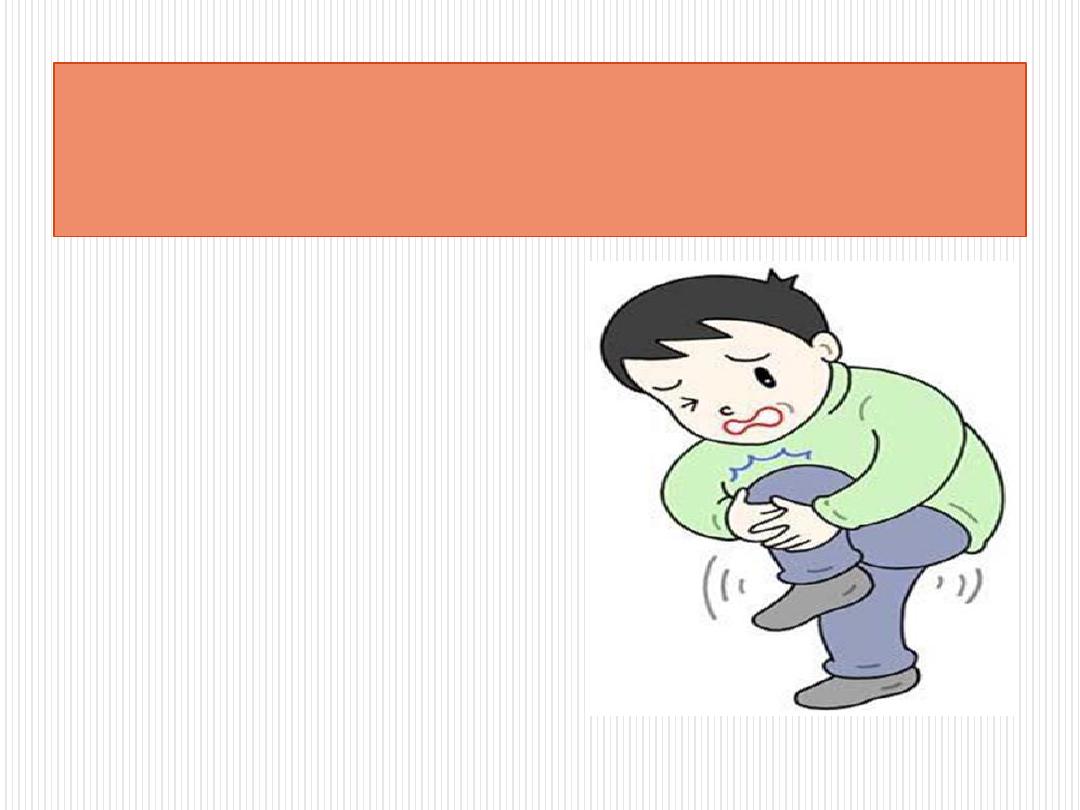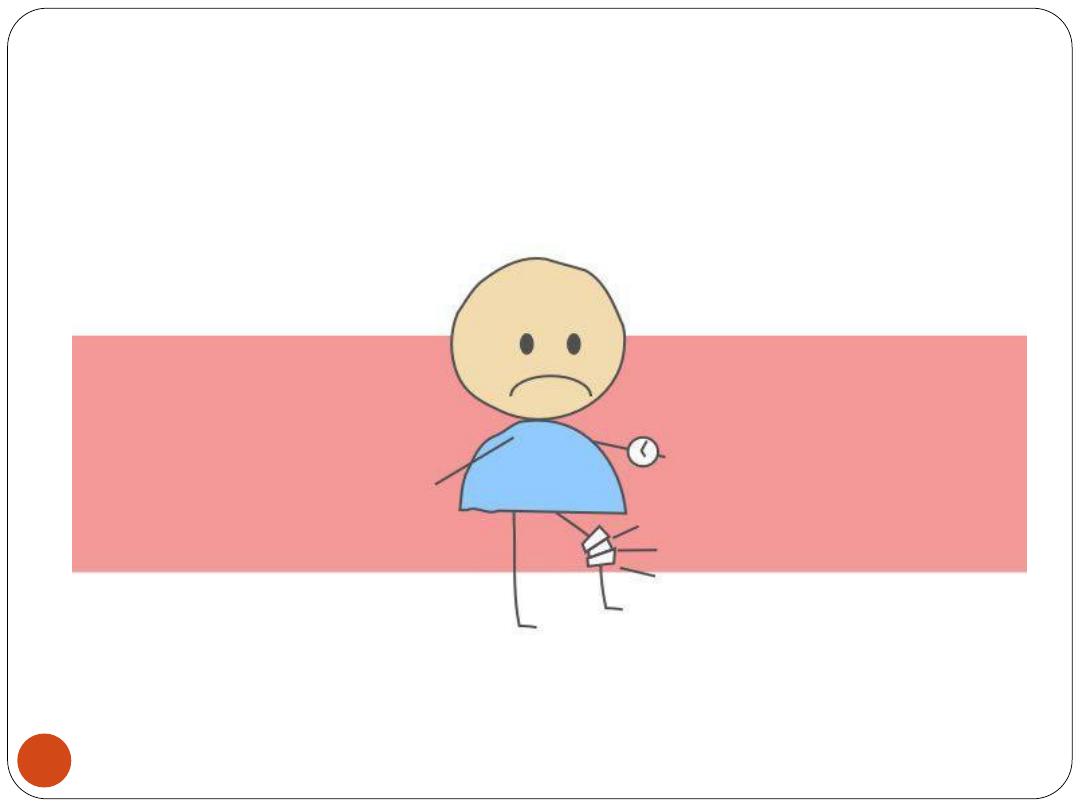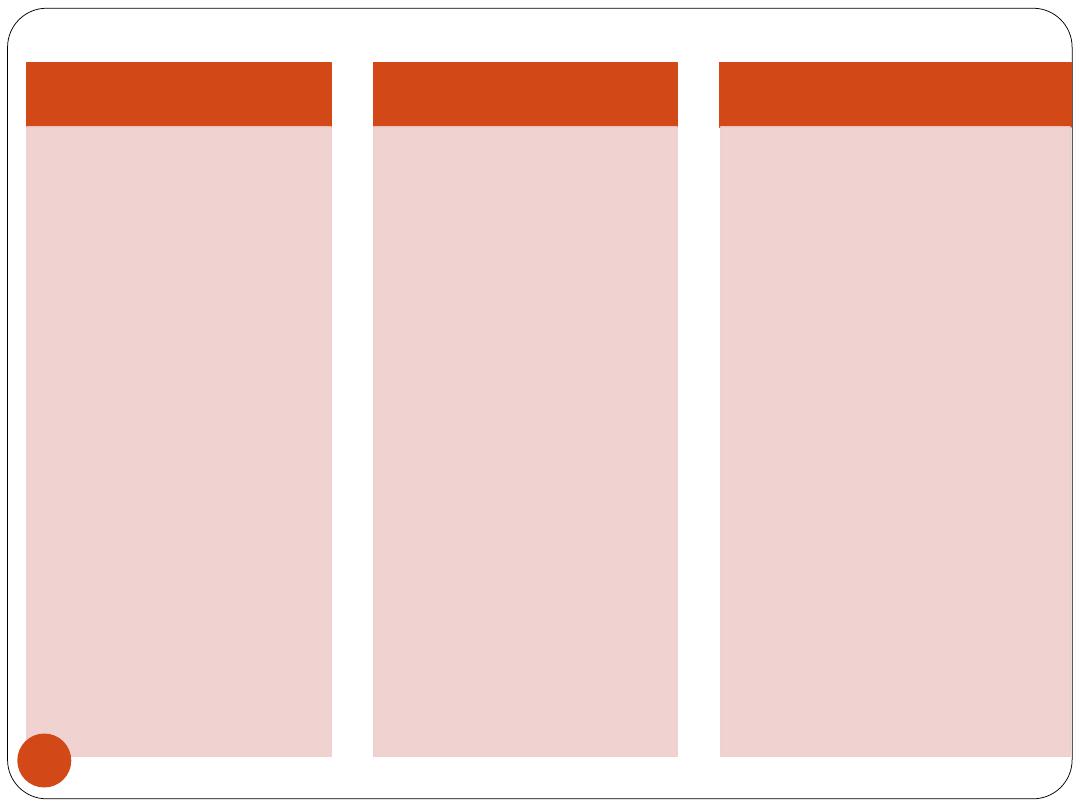
Etiology:
Pathogenesis
Clinical manifestation:
Investigation
Treatment
Prognosis
JUVENILE IDIOPATHIC ARTHRITIS

JIA is the most common rheumatic disease in childhood and a
major cause of chronic disability.
Etiology: Unknown, but may be due to
immunogenetic
susceptibility with an
external trigger
.
Pathogenesis: JIA is an autoimmune disease associated with
infiltration of mononuclear cells in the affected joint → villous
hypertrophy & hyperplasia with hyperemia & edema of synovial
tissue. Advanced uncontrolled disease leads to progressive
erosion of articular cartilage and bone.
12/6/2017
2

Clinical manifestation:
12/6/2017
3

Initial symptoms may be subtle or acute :
morning stiffness with limp or gelling after inactivity with
easy fatigability and poor sleep quality.
Involved joints are often:
i.
swollen
ii.
warm
iii.
painful on movement or palpation with
iv.
reduced range of motion but
v.
usually
not
erythematous
12/6/2017
4

OLIGOARITHRITIS
•
≤4 inflamed
joints]
• affect the large
joints of the
lower
extremities e.g.
knees and
ankles
• hip is rare
POLYARITHRITIS
• ≥
5
inflamed
joints]
• affect both upper
and lower
extremities.
• Micrognathia
reflects chronic TM
joint disease.
• Cervical spine
involvement
manifested as ↓
neck extension,
with the risk of
atlantoaxial
subluxation and
neurologic
sequelae
SYSTEMIC ONSET
•systemic manifestations
e.g. fever, HSM, LAP, and
serositis (pericarditis)
•present as FUO.
• The fever is ≥39 C &
spiking, especially in
evening, for at least 2
wk; it is accompanied by
faint, erythematous,
macular rash "Salmon-
rash" which is
nonpruritic, migratory, &
lasting <1 hr.
12/6/2017
5

Invistigation
X-ray of joints in early disease shows soft tissue swelling,
periarticular osteoporosis and periosteal new-bone apposition.
Continued active disease may cause subchondral erosions & loss of
cartilage with bony destruction.
MRI is more sensitive to early changes than radiography.
CBP show anemia of chronic disease, leukocytosis, &
thrombocytosis.
Inflammatory markers are ↑ e.g. ESR, CRP
ANA is +ve in 40-85% of patients with oligo- & polyarticular
arthritis; it is associated with ↑ risk for chronic uveitis
RF is +ve in only 5-10% of patients with polyarticular arthritis
which indicate a bad prognosis
Anti–Cyclic Citrullinated peptide (CCP) antibody; it is similar to
RF in that it is a marker of more aggressive disease
12/6/2017
6

Treatment:
NSAI agents e.g. Naproxen, Ibuprofen.
Intra-articular injection of Corticosteroids
Methotrexate (which may take 6-12 wk for its effects), Sulfasalazine
Systemic corticosteroids may be recommended for management of
severe systemic illness or for control of uveitis (periodic slit lamp
ophthalmologic examination of all pts is required to monitor
asymptomatic uveitis.)
Dietary therapy include: adequate intake of calcium, vit D, protein,
and calories.
Note: Oligoarthritis is usually responding to NSAIs & IAI
of corticosteroids, whereas Polyarthritis & Systemic-onset
diseases are usually required MTX & other agents.
12/6/2017
7

Prognosis:
Children with oligoarticular disease esp girls with age at onset
<6 yrs are at risk to develop chronic uveitis.
The child with polyarticular disease often has a more
prolonged course of active joint inflammation which requires
early and aggressive therapy. Predictors of severe and persistent
disease include: young age at onset, presence of RF or anti-
CCP antibodies, rheumatoid nodules, and large numbers of
affected joints.
Systemic-onset disease is often the most difficult to control in
both articular inflammation and systemic manifestations.
Poorer prognosis is related to polyarticular distribution of
arthritis, fever lasting >3 mo, and increased inflammatory
markers (e.g. platelet count and ESR) for >6 mo
12/6/2017
8

12/6/2017
9
